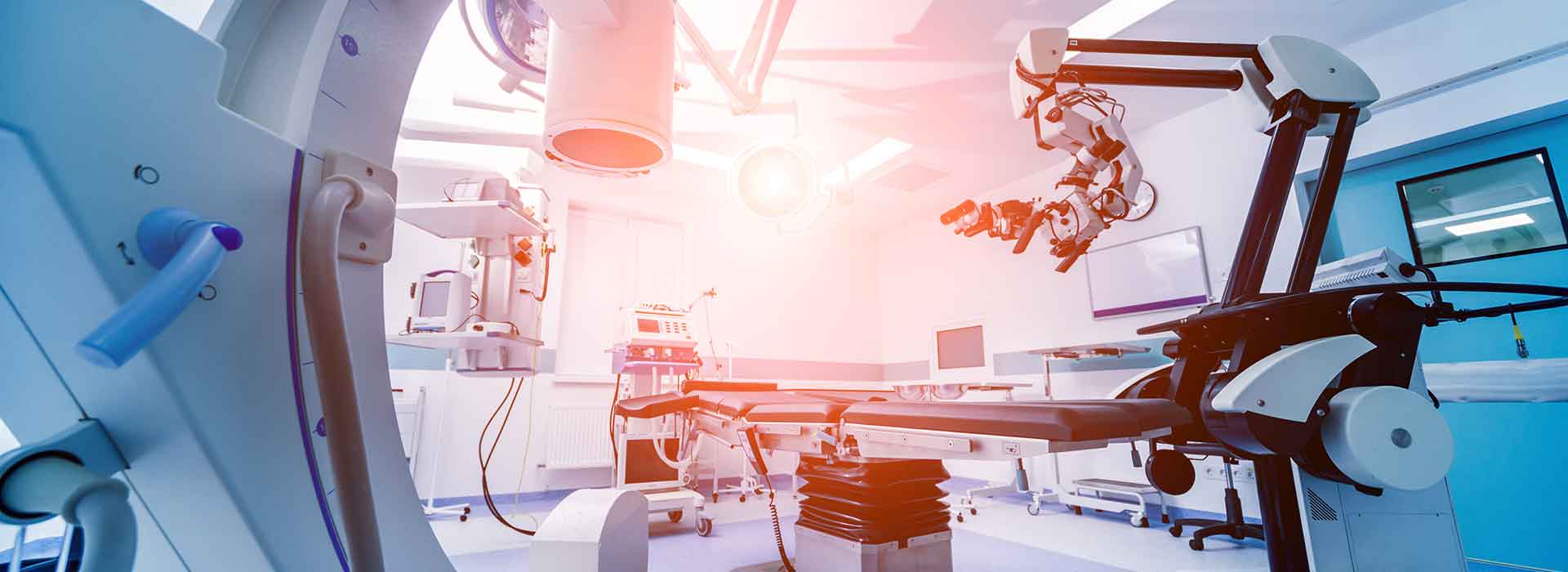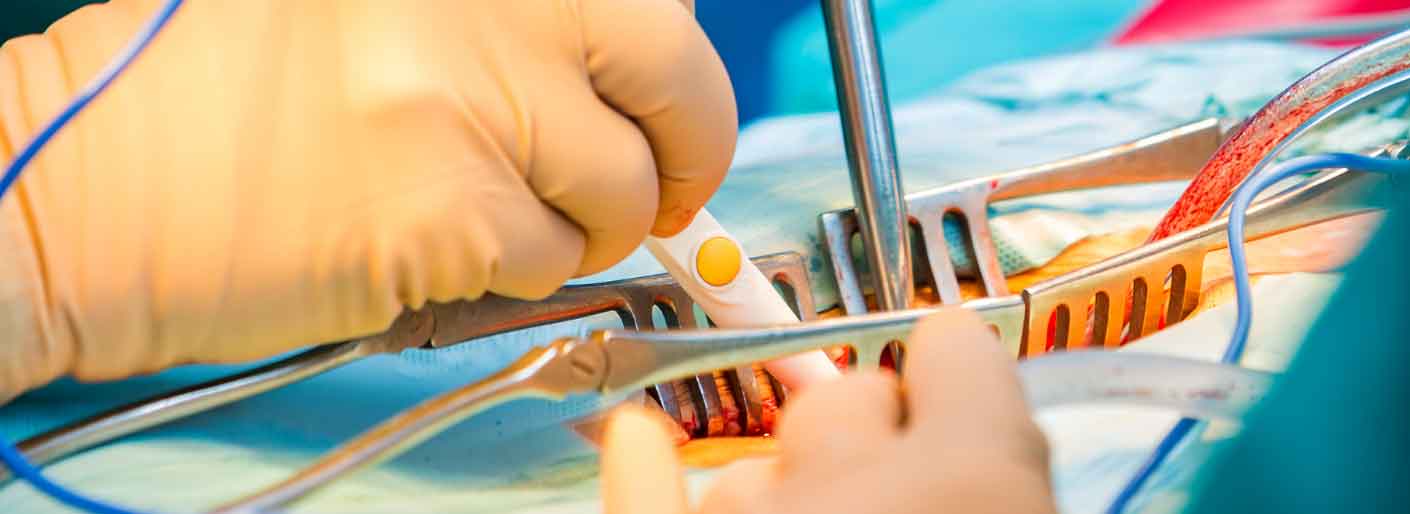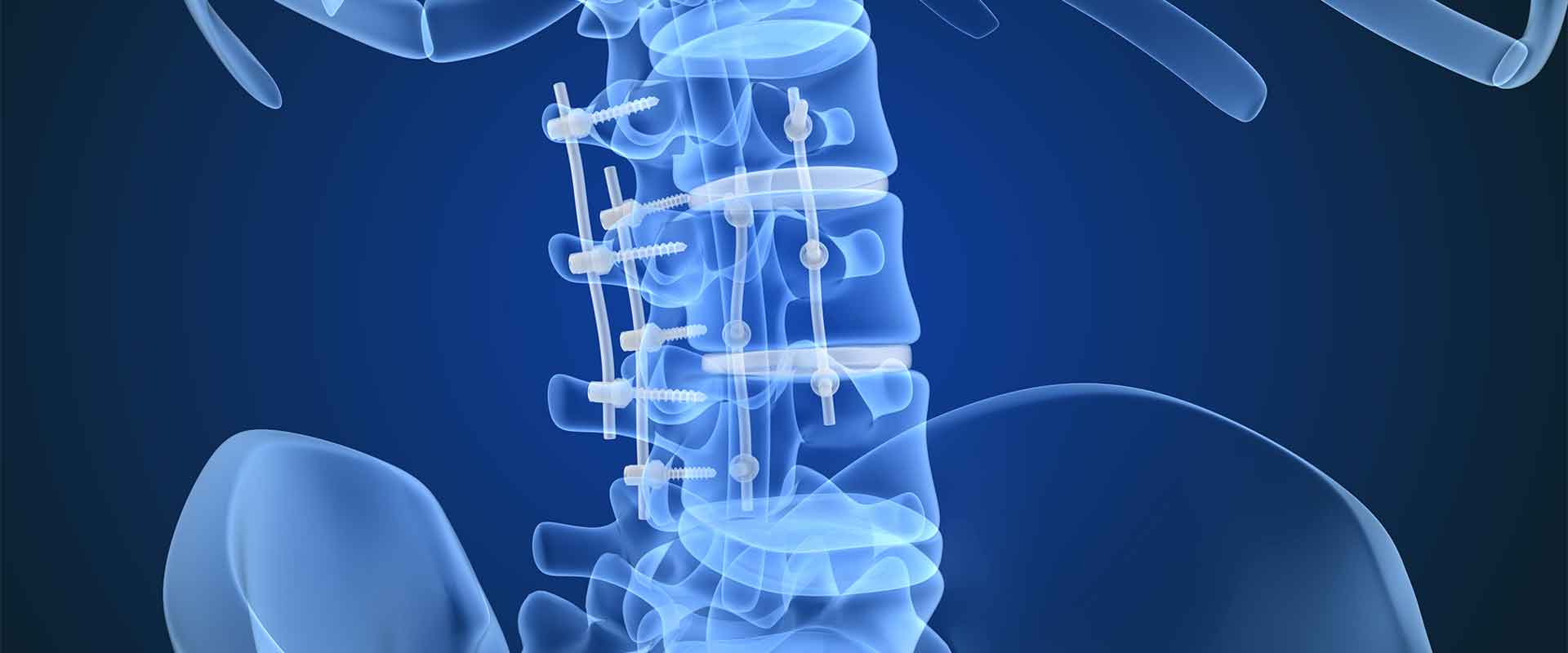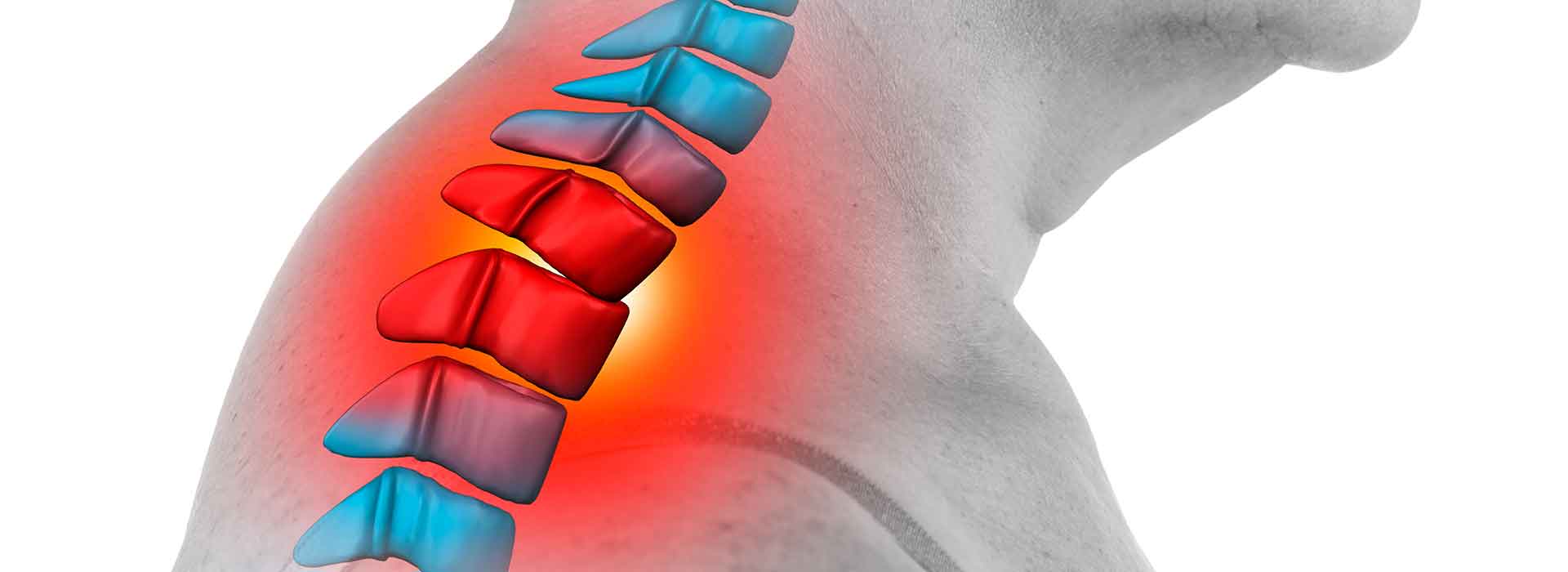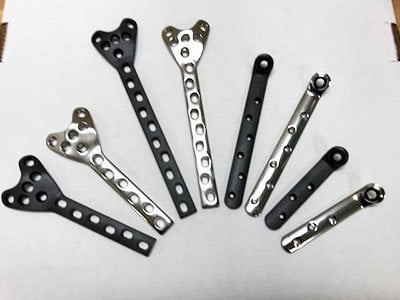PEEK is a fixture in operating rooms and in surgical procedures, and not just as an implant. Its across-the-board material properties makes PEEK a frontline choice for many surgical instruments, and medical facilities are increasingly taking notice. PEEK is replacing metal instruments and medical components at a rapid pace, and the future of medicine appears to be one in which PEEK will play a major role.
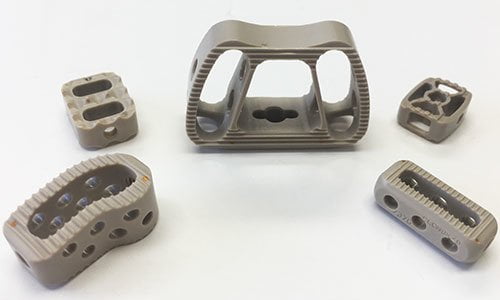 Why is PEEK a top choice for surgical instruments?
Why is PEEK a top choice for surgical instruments?
PEEK has made a sizeable impact on the medical field since the late 90s, when it was first developed for lumbar and cervical fusion implantation procedures. Although that is still PEEK’s primary use, it has been adapted for many more applications, including surgical instrumentation. In the medical community, PEEK is prized for its elasticity, which is similar to cortical bone, and its radiolucency. Neither one of those are critical traits to have in a surgical instrument, but PEEK is still a promising material for these instruments, nonetheless. Why is that the case?
1. Compatibility with conventional instrument sterilization methods – PEEK offers complete compatibility with standard sterilization approaches, including autoclave (or steam), gamma radiation and EtO sterilization. Even after repeated exposure to these forms of sterilization, this high-performance polymer retains its integrity. Inferior materials would fail under this regular exposure, but components utilizing PEEK are designed to handle these sterilization conditions.
2. Durability – PEEK is one of the most durable plastics in any industry, and its ability to withstand extreme environments is what initially interested aerospace engineers. Although the operating room isn’t quite as demanding as the inside of a rocket, PEEK’s excellent strength and resilience means it can be counted on.
3. Bioinert – PEEK is a sought after implant material for several reasons, and its biocompatibility is among the most important. Although most surgical instruments only have brief contact with the patient’s internal tissues, they must be harmless on contact. PEEK is a true biomaterial, and multiple studies have shown that the polymer is not cytotoxic, genotoxic or immunogenic.
PEEK’s combination of durability and bio inertness makes it an ideal choice for instruments like endoscopes.
4. Low weight – Weight may not be a top concern for hospitals, but for the surgical team prepping for a complex, multi-hour procedure, it can be. Repeated lifting, twisting and fine movements are easier to accomplish with a lighter instrument, and PEEK is much lighter than metal. While the weight will vary with the grade of PEEK, a PEEK-based instrument is up to 70 percent lighter than a comparative stainless steel instrument.
Lightweight instruments don’t just improve surgeon comfort, they also reduce the likelihood of developing repetitive stress injuries over time. Accomplished surgeons with decades of experience may need to take extra precautions to avoid such injury, and opting for PEEK instruments is one such precaution.
5. Design flexibility – PEEK is among the most resilient polymers available, so it can be machined into complex shapes, complete with integrated parts if need be. However, as tough as the material is, it is still far more processable than metal, allowing for additional instrument design options.
6. Scalable production – PEEK can be produced through machining or with injection molding processes. Injection molding is an ideal approach for larger production runs, as the process is quick, reliable and cost-effective.
The production potential with PEEK goes beyond cost reduction, too. Hospitals are considering single-use instruments in an attempt to reduce infections. Because PEEK components can be fabricated in large quantities, it’s possible for hospitals to get a reliable, easy to use instrument that can be easily disposed of, although the cost of PEEK can make this challenging in certain applications.
7. Electrical insulator – PEEK is also an effective insulator and is relied on as such in a number of industries. It is used as an insulating material in electrical motors and around wiring and is trusted so much in this regard that it is used as an isolator in aircraft.
What is the future of PEEK in surgery?
PEEK is the subject of a lot of medical research, as medical experts continue looking to develop the material for even more applications. Some of these applications are particularly exciting, and could foreshadow major developments in some fields of medicine.
PEEK was first used in human implantation as a spinal fusion device, and it seems that it will be the clear choice for these intervertebral cages and spacers for the foreseeable future as is or in combination with a bioactive additive. This is because although PEEK’s biocompatibility is essential to spine implants, researchers are working on PEEK spine implants that offer better osseointegration. Many medical device firms are already introducing PEEK implants that perform better in this regard, including implants that have been augmented with hydroxyapatite or zeolite. With so many solutions already available, it is only a matter of time before PEEK’s osseointegration concerns are a thing of the past.
PEEK has a bright future in many cardiovascular implants as well. It is used in Less Invasive Ventricular Enhancement (LIVE) surgeries, where a PEEK tether keeps a pair of anchors positioned over the ventricle. There are additional cardiovascular applications on the horizon, and in 2017, a medical team used a PEEK reinforcement ring to stabilize a synthetic heart valve replacement.PEEK already has a diverse role in medicine, and can serve admirably both in and out of the body. In the coming years, PEEK’s medical capabilities will be expanded on greatly, making it the most promising biomaterial available.




